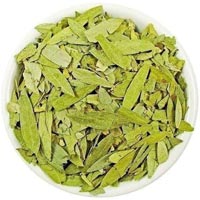Zimecki M1.
Postepy Hig Med Dosw (Online). 2006; 60:1-7
Author information
Department of Experimental Therapy,the Institute of Immunology and Experimental Therapy, Polish Academy of Sciences, Wrocław, Poland. zimecki@iitd.pan.wroc.p
Abstract
Human and animal physiology is subject to seasonal, lunar, and circadian rhythms. Although the seasonal and circadian rhythms have been fairly well described, little is known about the effects of the lunar cycle on the behavior and physiology of humans and animals. The lunar cycle has an impact on human reproduction, in particular fertility, menstruation, and birth rate. Melatonin levels appear to correlate with the menstrual cycle. Admittance to hospitals and emergency units because of various causes (cardiovascular and acute coronary events, variceal hemorrhage, diarrhea, urinary retention) correlated with moon phases. In addition, other events associated with human behavior, such as traffic accidents, crimes, and suicides, appeared to be influenced by the lunar cycle. However, a number of reports find no correlation between the lunar cycle and human reproduction and admittance to clinics and emergency units. Animal studies revealed that the lunar cycle may affect hormonal changes early in phylogenesis (insects). In fish the lunar clock influences reproduction and involves the hypothalamus-pituitary-gonadal axis. In birds, the daily variations in melatonin and corticosterone disappear during full-moon days. The lunar cycle also exerts effects on laboratory rats with regard to taste sensitivity and the ultrastructure of pineal gland cells. Cyclic variations related to the moon’s phases in the magnitude of the humoral immune response of mice to polivinylpyrrolidone and sheep erythrocytes were also described. It is suggested that melatonin and endogenous steroids may mediate the described cyclic alterations of physiological processes. The release of neurohormones may be triggered by the electromagnetic radiation and/or the gravitational pull of the moon. Although the exact mechanism of the moon’s influence on humans and animals awaits further exploration, knowledge of this kind of biorhythm may be helpful in police surveillance, medical practice, and investigations involving laboratory animals.


